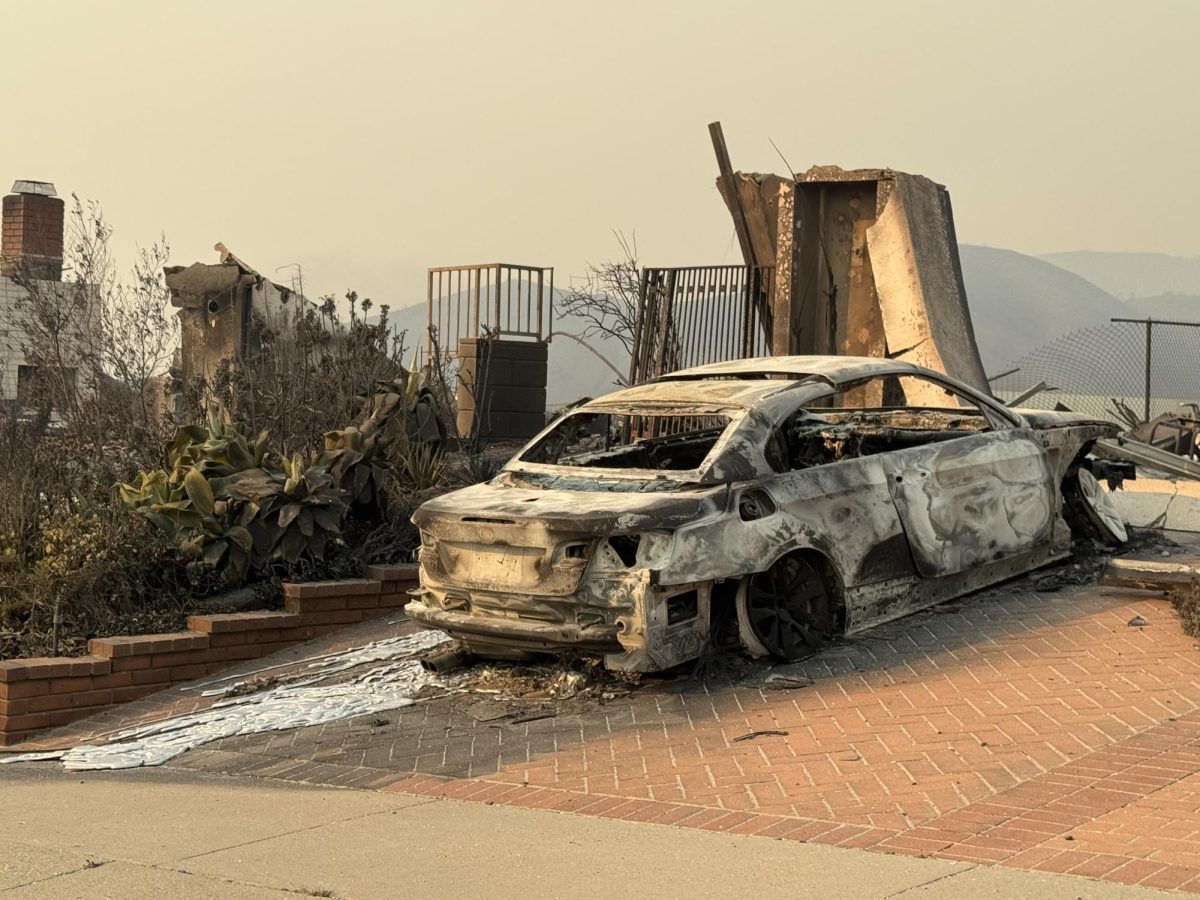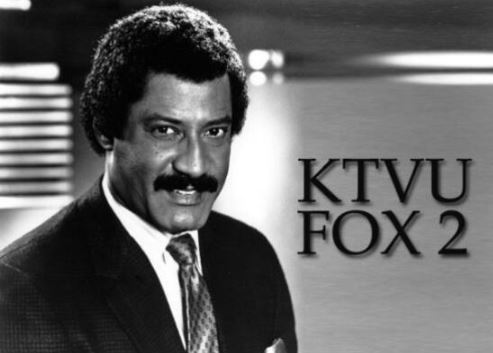On Feb. 26 the largest wildfire in Texas history broke out. The fire known as the Smokehouse Creek fire has burned about 1.1 million acres engulfing 90 percent of the land in Roberts County, also reaching parts of Gray, Wheeler, and Carson counties.
In addition to this fire, there were two other smaller but devastating fires hitting Texas. Another nearby fire called the Windy Deuce fire, which burned 144,00 acres of land in Moore, Potter and Carson counties, and the smallest out of the three GrapeVine Creek Fire charred 34,883 acres, burning in Gray county south of Lefors.
As of March 11, 81 percent of the Smokehouse Creek wildfires have been contained, 94 percent of the Windy Deuce fires have been contained, and 100 percent of the GrapeVine Creek fires have been contained.
Sophomore Nykol Rodrigues ’26 stated “My aunt is a teacher that lives in Texas and I was worried to hear about the fires occurring so close to her. My family and I are continuing to keep her in our thoughts and prayers.”
The fires are said to have been caused as a result of climate change and old power lines. Prior to these latest wildfires, Texas has been established to be at higher risk for wildfires usually occurring more in the summer, as the temperature rises.
Wildfires have also been known to be more common in the Panhandle region throughout March and April because of a significant temperature change from the winter with higher temperatures, and strong winds hitting flat terrain with dry grass that can catch fires fairly quickly.
Senior Cameron Gibson ’24 stated, “My uncle lives in Texas and I heard about this tragic catastrophe that has not only burned thousands of cows along with the immense amount of land but also as a result the Texas cow meat supply is decreasing rapidly.”
According to the New York Times Xcel Energy, a utility company claimed that its power equipment appeared to have caused the fire. Following this statement, a lawsuit claimed that one of Xcel Energy utility poles, near Stinnett, Texas, was blown down from strong winds and triggered the blaze. Once a fire starts it quickly spreads and causes damage faster than firefighters can catch up to.
These rapid spreading fires have left the center of Texas’s cattle country into pieces. What spread so quickly left tons of devastating damage, burning 2,000 square miles of grasslands that were utilized to feed and raise thousands of cattle. According to NBC, more than 7,000 cows have died and many more will be euthanized due to the damages on the land and to their hoofs and udders, with the number expected to rise.







